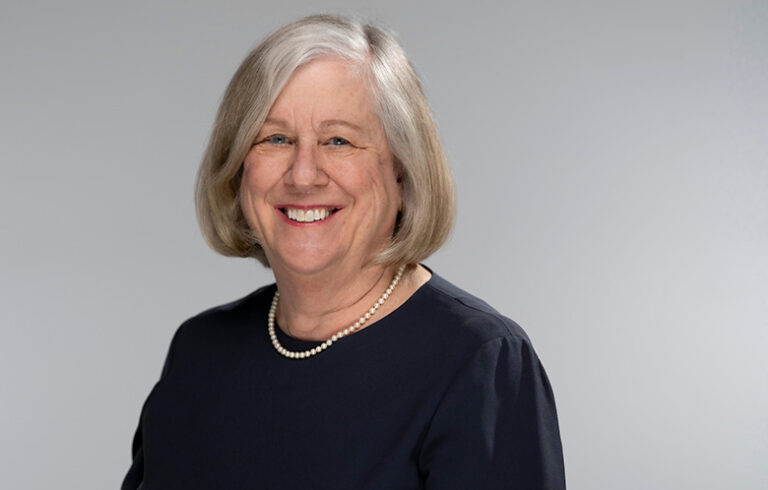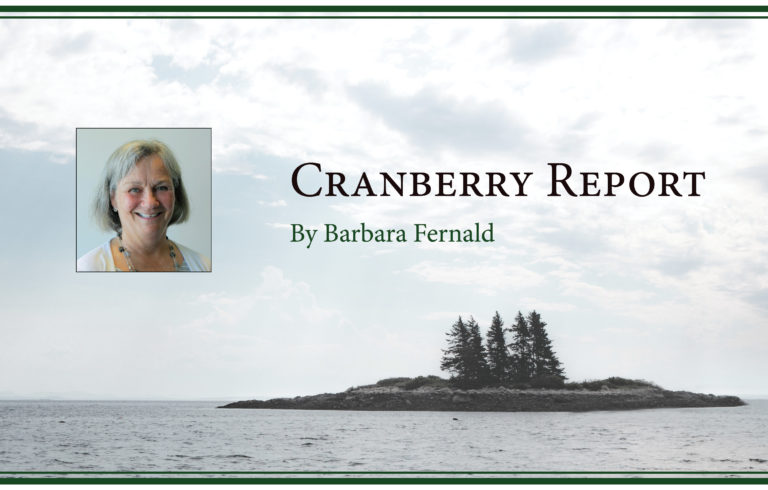Remember when we thought eggs were bad for us, high in cholesterol, eat one a week, think of them as a food equivalent of a hand grenade? Remember Egg Beaters? Eggs are now OK again.
Remember the Fear of Fat era, when a package of watercress I bought had the astonishing news on it that it contained zero fat and had no calories? We were treated to Snack Wells then, mostly sugar but no fat, so unsatisfying that the joke was one serving of Snack Wells was the whole package.
Not that long ago we had the carbs avoidance episode when many small bakeries went out of business because consumers stopped buying bread.
ALA is an essential fatty acid called alpha-lipoic acid, an antioxidant compound. It’s good for your brain and heart.
We are bedazzled with choices to make about corn syrup vs. cane sugar, anything with GMOs (genetically modified organisms) in it, non-organic fare, the Dirty Dozen (fruits and vegetables most likely to be grown with pesticides) and the Clean Sixteen, or, sometimes, Fifteen, that contain very little pesticide residue. There are lists of spices with high arsenic, lead, and cadmium content.
Food packaging often shows long lists of what is not in the food.
At the same times, there is copious advice on what to be sure to ingest: fiber, probiotics, prebiotics, antioxidants, “good” cholesterol, dark leafy greens, anything “heart healthy,” fish especially.
A current favorite in this house is a flax-ridden raisin bran cereal whose packaging announces proudly “a delicious and excellent source of Ala Omega-3.”
Huh? I didn’t have that on my grocery list.
I looked it up; for your information ALA is an essential fatty acid called alpha-lipoic acid, an antioxidant compound. It’s good for your brain and heart. Well, how about that.
Vegan has recently joined the descriptor list. I even saw shoes recently identified as “vegan” as if I was going to go home and boil them for dinner. Problem is they are made of inedible plastic, while I could, in extremis, eat shoe leather, a rarer item these days.
One name for the general category of “food that is good for you” is nutraceuticals. Some people just say they eat healthy food, while a more correct adjective might be “wholesome,” which conveys health on the eater.
All this is fine and dandy until dissonance crops up. If leafy greens are wholesome for us, what do we do when they appear on the Dirty Dozen list? What if the salmon you eat that provides heart-protective omega-3 fatty acids (EPA and DHA), which lower triglycerides, deplete wild stocks or are products of fish farms which foster monocultural fish farming with all its problematic conditions? What if cane sugar may not be positively proved better for us than corn syrup?
Highly processed foods are in political cross-hairs these days. But we all know back-to-the landers who espoused organic growing, home cooking, and even making their own baby food, which was described by one baby food company executive as a “pernicious practice” because it chipped away at profits.
Pressure exists to lighten standards for organic farming in order to permit more food to be profitably identified as organic, a practice viewed by many as endangering the food supply. At the same time, growing enough organic food for the world’s population seems like an awful stretch.
Meanwhile, we lurch around, panicking about seed oils, or embracing new research that says drinking black coffee extends life, or wondering what to do if a seemingly valuable food turns out to be harmful to the climate, or subject to failure as the climate changes.
Even appetite-controlling medications like Ozempic, Wegovy, or Zepbound come under fire from big food producers who are alarmed that their salty, sugary, addictive food-like items appealing less to people using the drugs. Enough people already buy less to significantly affect Big Food’s bottom line and arouse shareholders’ interest. Uh, oh.
And now, protein is having its big moment and food producers, who turn handsprings each time a foodstuff is praised or blamed because it is a new opportunity to make a product that seems to solve the problem, now have a shot at enhancing anything with protein. We forgot that when carbs went out of favor, people ate too much protein and ended up with gout.
Food choices these days look a lot like religion. With a confusing plethora of possibilities and perils, some of us pick a diet which clearly includes or eliminates a certain set of items and we stick to it faithfully to shut out the noise of contradictions and ease decision-making.
The problem is that eating together can be a healing and affirming act of community, like communion. Guess we each have to bring our own meals.
Sandy Oliver is a food historian who cooks, gardens, and writes on Islesboro. She may be contacted at sandyoliver47@gmail.com.





